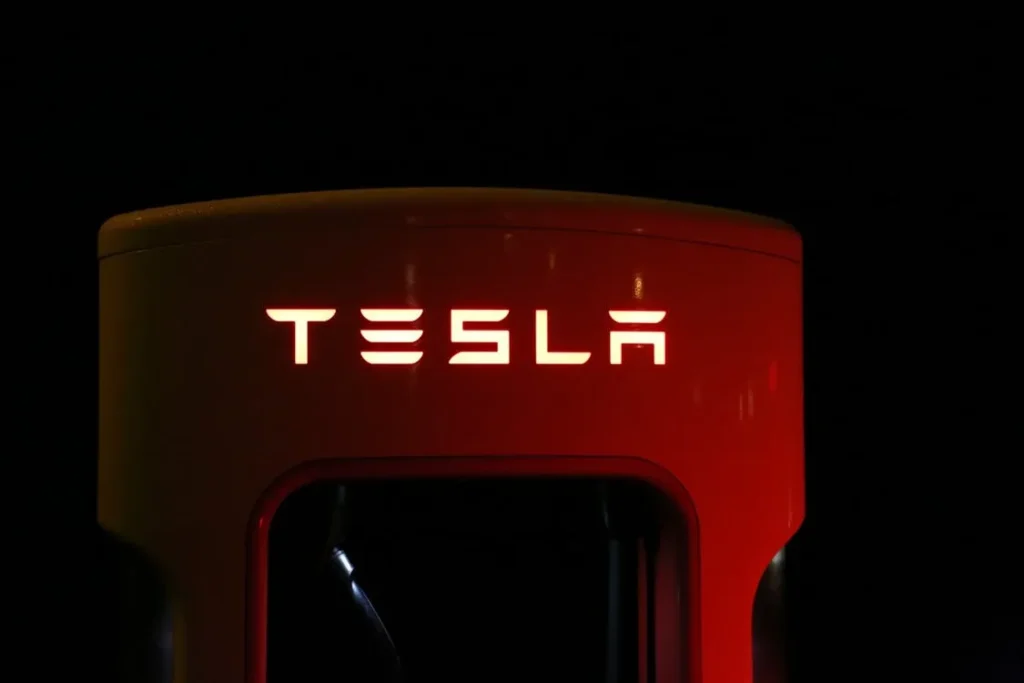Electric vehicles (EVs) are rapidly shaping the future of sustainable transportation, and China is at the forefront of this green revolution. The Chinese EV market offers a variety of models designed to meet the diverse needs of consumers. Here’s a closer look at the five major types of new energy vehicles (NEVs) in China, along with some well-known car brands and models.
1. Battery Electric Vehicles (BEVs)
BEVs are fully electric, relying on rechargeable batteries to power an electric motor. These vehicles are known for zero emissions, minimal noise, and environmental benefits.
Example Car Brands and Models:
- BYD Qin Plus EV: A well-known model in China that offers an impressive range and affordable pricing.
- NIO ES6: A luxury electric SUV that combines performance with sustainability.
- Tesla Model 3: A global favorite, with a strong presence in China due to its innovative technology and impressive range.
These vehicles typically have a range of a few hundred kilometers, depending on battery capacity, and require external charging infrastructure such as charging stations. While the initial purchase cost may be higher, BEVs offer lower maintenance costs over time, with savings on fuel.

2. Plug-in Hybrid Electric Vehicles (PHEVs)
PHEVs combine a traditional internal combustion engine (ICE) with an electric motor, allowing for electric-only driving for short trips and hybrid operation for longer journeys.
Example Car Brands and Models:
- BYD Tang PHEV: One of the most popular PHEVs in China, offering a balance of performance and efficiency with a plug-in hybrid system.
- GAC Aion LX PHEV: This vehicle provides both electric-only driving and a fuel-efficient hybrid mode, making it ideal for diverse driving conditions.
- BMW X5 xDrive45e: A luxury PHEV offering a high-end hybrid experience, combining power and eco-friendliness.
PHEVs have a larger battery than HEVs, and they can be plugged into a charging station to recharge the battery. They are a great option for drivers who want the flexibility to travel both short and long distances without worrying about running out of charge.
3. Hybrid Electric Vehicles (HEVs)
HEVs are equipped with both an ICE and an electric motor, but unlike PHEVs, their batteries are not rechargeable via an external power source. Instead, they are charged through regenerative braking. These vehicles automatically switch between or combine the electric motor and the ICE depending on driving conditions.
Example Car Brands and Models:
- Toyota Corolla Hybrid: A well-known HEV that combines Toyota’s hybrid technology with practicality and fuel efficiency.
- Honda Accord Hybrid: A high-performance hybrid that seamlessly integrates an electric motor and gasoline engine to optimize fuel consumption.
- Geely Emgrand EC7 HEV: A popular model in China offering a mix of economy and low emissions.
HEVs offer great fuel efficiency and lower emissions than traditional gasoline vehicles, but they generally don’t offer the pure electric driving experience found in BEVs or PHEVs. Their range is typically extended by the fuel tank, with total ranges varying from several hundred to over 1,000 kilometers.
4. Range-Extended EVs (REVs)
Range-extended electric vehicles (REVs) are similar to BEVs but with the addition of a small internal combustion engine (or “range extender”) that recharges the battery when it runs low.
Example Car Brands and Models:
- BYD e6 EV: A practical electric car that incorporates a range extender for long-distance driving.
- SAIC Roewe Ei5: A compact family car that provides the benefits of a pure electric drive with the added flexibility of a range extender for longer trips.
REVs provide excellent electric-only range and consistent performance but rely on the internal combustion engine to ensure the vehicle doesn’t run out of power during long trips. The fuel engine kicks in only when necessary, providing an extra layer of convenience.
5. Fuel Cell Electric Vehicles (FCEVs)
FCEVs use hydrogen fuel cells to generate electricity, producing zero emissions while providing high energy efficiency and extended range. However, the lack of a widespread hydrogen refueling infrastructure limits their practical use for now.
Example Car Brands and Models:
- BYD Qingqing FCEV: One of China’s leading fuel-cell vehicles, built to provide a longer driving range with the benefits of hydrogen technology.
- SAIC MAXUS EUNIQ 7: A hydrogen-powered vehicle from a leading Chinese brand known for combining cutting-edge technology with environmental responsibility.
- Toyota Mirai: A global model with a strong presence in China, offering long-range capabilities through hydrogen fuel cells.
FCEVs produce clean water vapor as the only byproduct, offering great potential for the future of sustainable transportation. The main hurdle, however, remains the limited number of hydrogen refueling stations.
As China continues to lead the way in EV innovation, these five types of vehicles demonstrate the broad spectrum of options available to eco-conscious consumers. Whether you’re interested in a fully electric experience with a BEV or the versatility of a PHEV or REV, there’s a Chinese EV model to fit your lifestyle.
If you’re interested in purchasing a Chinese EV or learning more about these advanced green mobility solutions, contact us today! Our expert team can help you find the perfect vehicle to meet your needs, whether you’re seeking a zero-emission car for your daily commute or a versatile hybrid for your long-distance trips. Don’t miss out—reach out now and join the green revolution!

